

No more coding needed, just add one line to your R script in which you call our magic shinify() function. Shinify automatically creates a shiny server and visual interface for you to interact with your machine learning or statistical model.
Sketch2Render is an innovative and transformative tool that revolutionizes the world of design and architecture. With its cutting-edge technology, this tool seamlessly converts hand-drawn sketches into stunning 3D renderings, unlocking a new realm of creativity and efficiency. Gone are the days of manual translations and time-consuming processes; Sketch2Render streamlines the design process, allowing designers to effortlessly bring their sketches to life in breathtaking detail. This game-changing tool not only saves valuable time and resources but also enables designers to visualize their ideas with unprecedented clarity and precision. Step into the future of design with Sketch2Render and experience the limitless possibilities it offers.
Catbird is a unique tool that allows users to generate multiple images from a single prompt. With its easy-to-use interface, individuals can create numerous variations of an image in just a few clicks. This innovative solution provides designers with limitless options for exploring different styles and ideas without starting from scratch each time. Moreover, Catbird simplifies the creative process by automating the repetitive tasks involved in generating images, thus enabling designers to focus on refining their designs. This tool has revolutionized the way designers approach image creation, making it quicker, more convenient, and more efficient than ever before.
Dezgo, the innovative AI-powered tool, has revolutionized the way users create high-quality images from any text prompt. With its Free Text-to-Image Stable Diffusion AI Generator, Dezgo employs a unique sampling method called DPMSeed, along with advanced AI technology, to produce stunning images that capture the essence of the text. This tool has become a go-to option for businesses and individuals looking to create visually appealing content without spending a fortune on professional design services.
Neural Canvas is a groundbreaking AI-powered digital illustration generator service that offers users an unprecedented level of creativity and flexibility. With over 100 different styles and moods to choose from, users can effortlessly create unique illustrations for their comics, blog posts, e-books, stories, collections, and more. Whether you're a professional artist or someone who's just starting out, Neural Canvas has everything you need to unleash your creative potential and produce stunning, high-quality illustrations that are sure to captivate your audience. So why wait? Sign up today and start creating!
Pollinations is a project designed to revolutionize creativity. By utilizing AI and technology, we provide a platform for people to explore and create new digital environments. Through this platform, we strive to diversify creative expression in various formats such as image, video, and audio. We invite people to imagine new worlds and join us in redefining the limits of creativity.
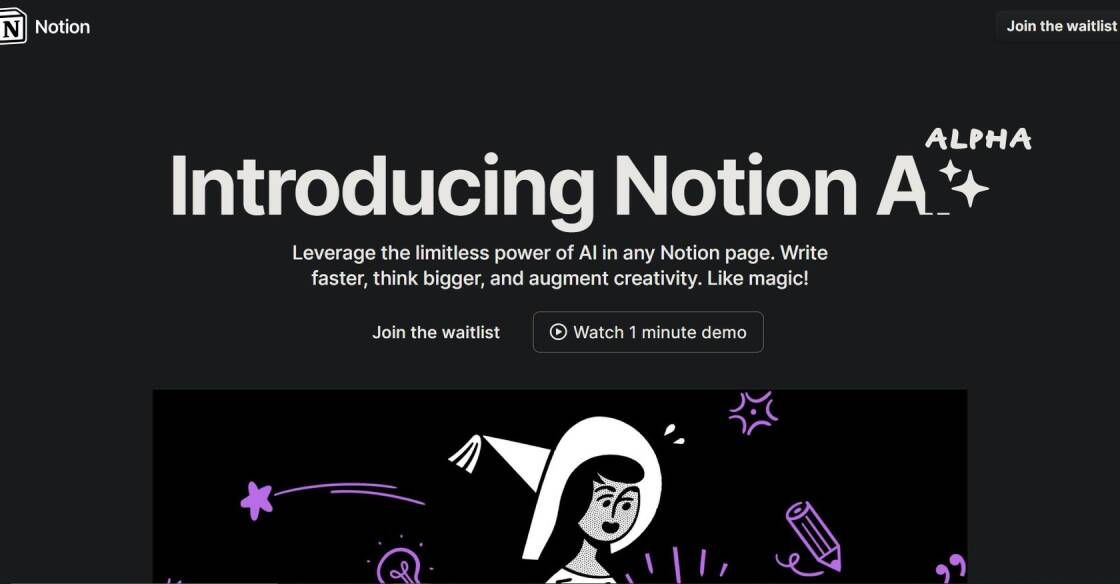
Notion AI
Leverage the limitless power of AI in any Notion page. Write faster, think bigger, and augment creativity. Like magic!

Opera
Browser with Built-in VPN
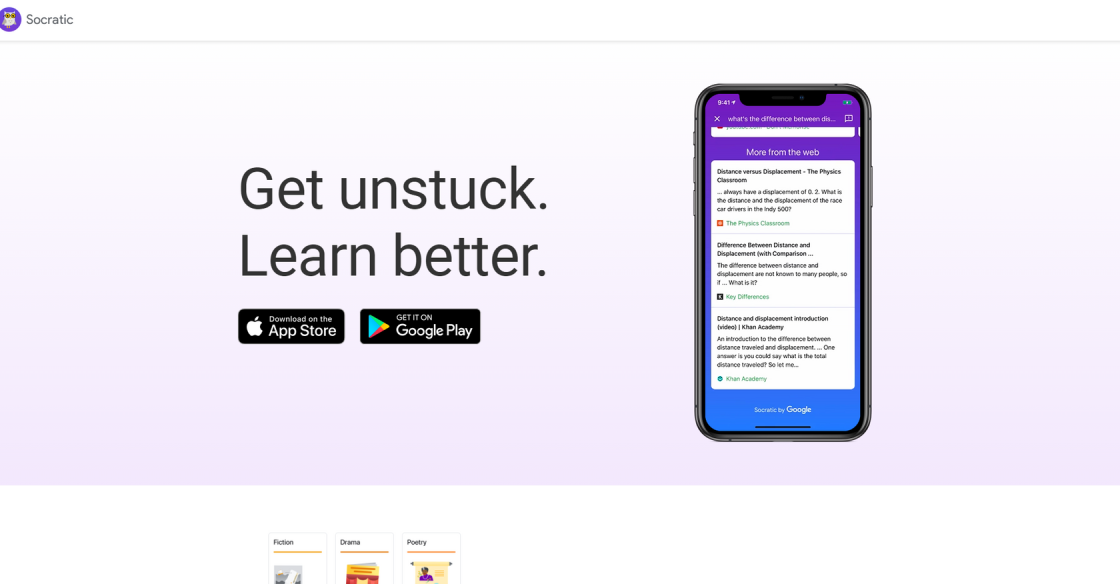
Socratic By Google
Get unstuck. Learn better. | Socratic
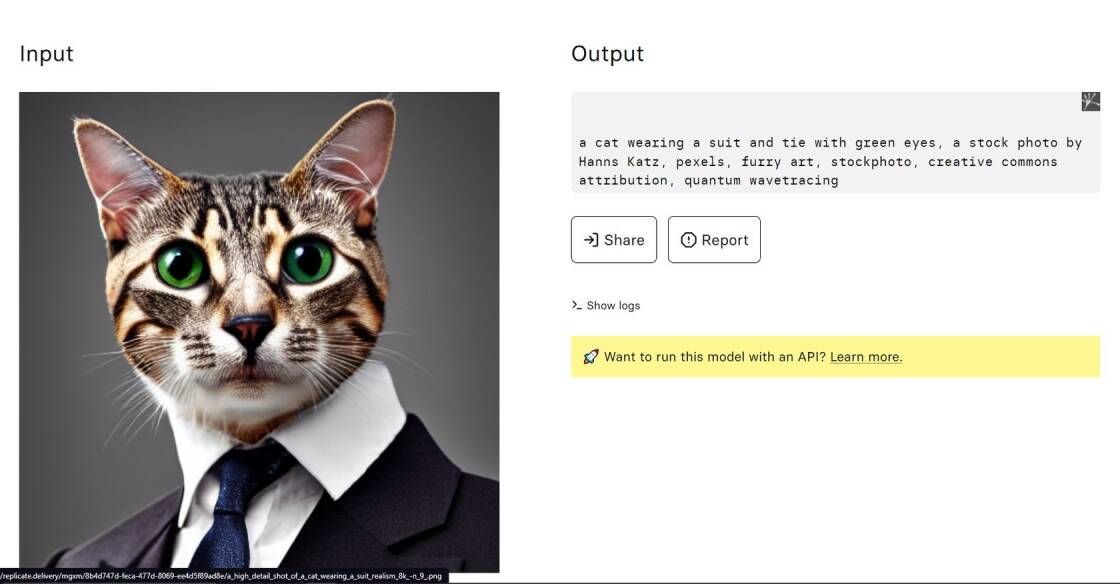
Img2prompt
methexis-inc/img2prompt – Run with an API on Replicate
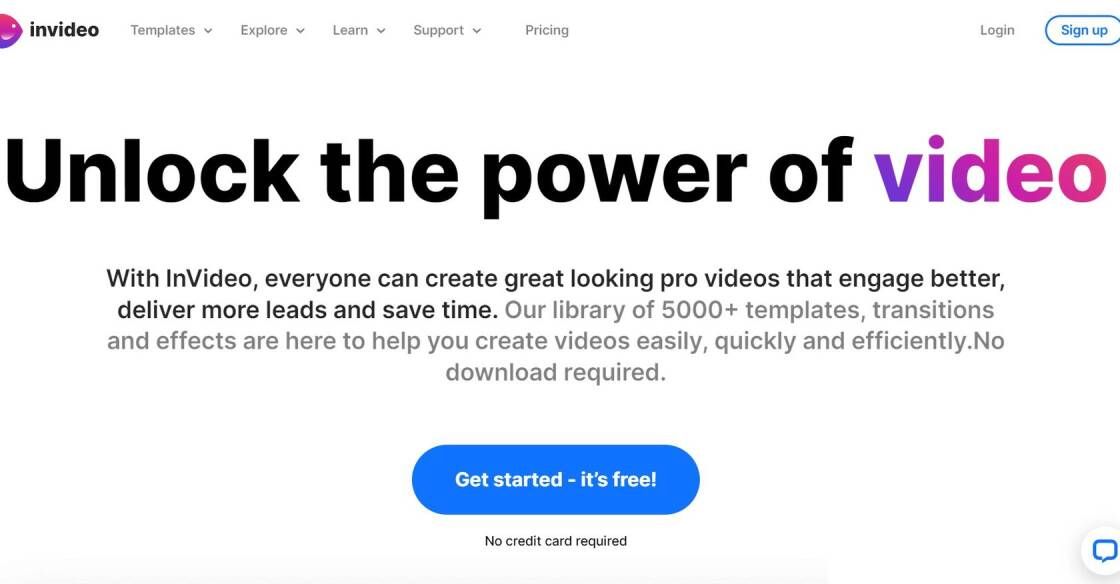
InVideo
AI-Powered Video Creation
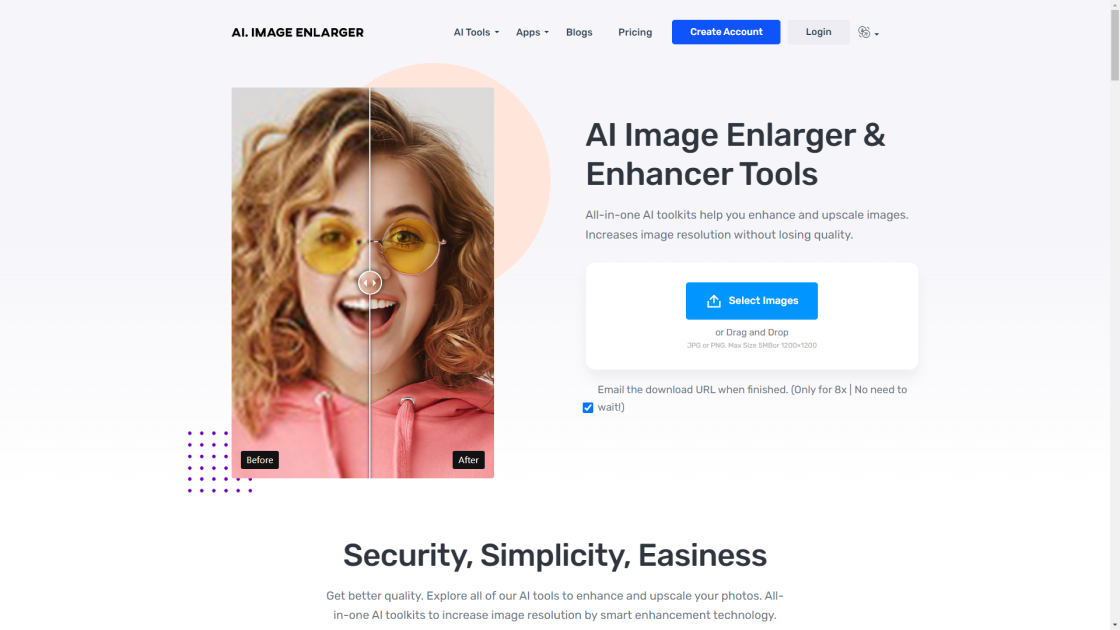
AI Image Enlarger
AI Image Enlarger | Enlarge Image Without Losing Quality!
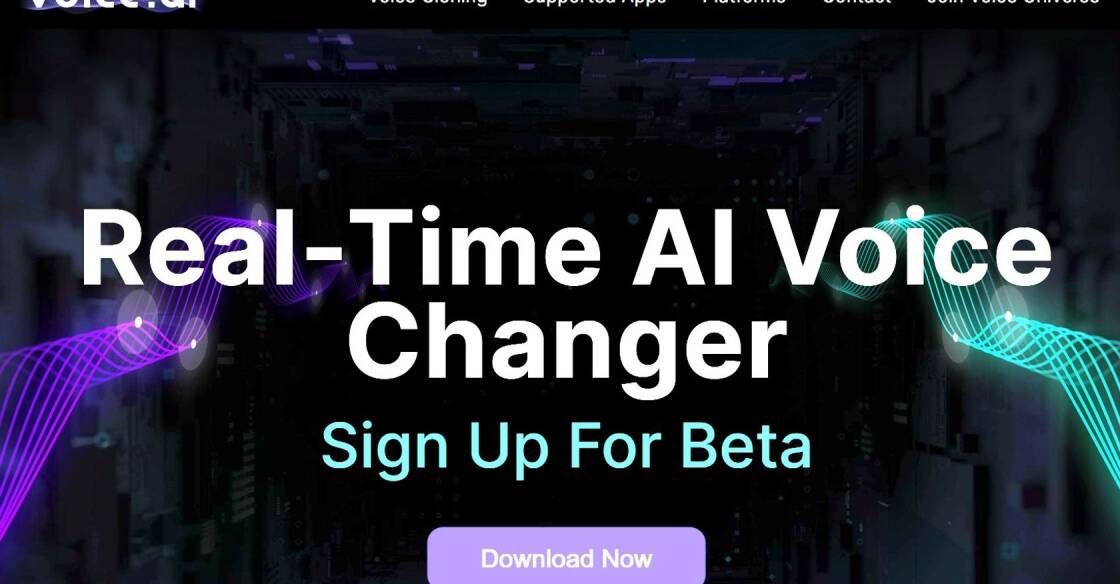
Voice-AI
Voice Analysis and Optimization
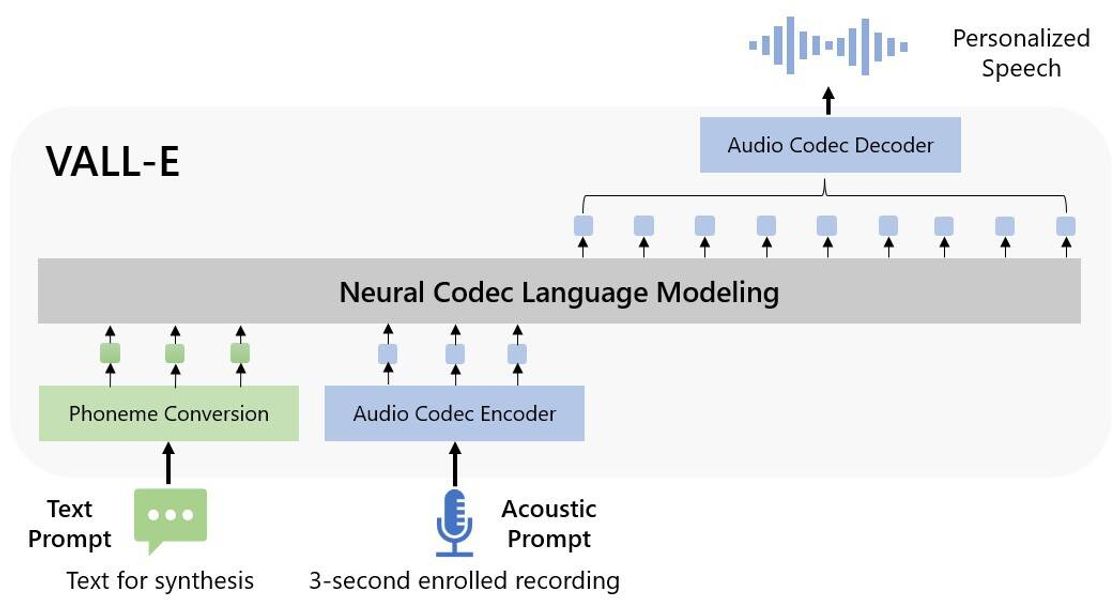
VALL-E
Robotics and AI for Manufacturing
The emergence of text-to-image generation has paved the way for exciting advancements in various fields, from artistic expression to visual content creation. One such groundbreaking development is Picogen, an application programming interface (API) designed to generate images directly from text inputs. With its sophisticated algorithms and innovative approaches, Picogen introduces a new dimension to image synthesis, allowing for quick and seamless generation of visual representations based on textual descriptions.
Picogen serves as a powerful tool for artists, designers, developers, and researchers alike, providing them with an efficient means of converting textual information into stunning visuals. Whether it be transforming written descriptions into lifelike landscapes, character illustrations, or abstract compositions, the potential applications of Picogen are vast and diverse.
Behind this impressive technology lies a complex system fueled by machine learning and deep neural networks. By leveraging these intelligent algorithms, Picogen analyzes the semantic meaning embedded within the text and translates it into a visual representation. The API's ability to comprehend context, emotions, and intricate details result in highly accurate and visually captivating images.
Not only does Picogen offer a multitude of creative possibilities, but it also streamlines the image generation process, making it accessible to both experts and novices. Moreover, it provides users with customizable parameters to refine the output and achieve desired artistic effects or target specific visual styles.
In this paper, we delve into the inner workings of Picogen, exploring its underlying architecture and methodology. We also discuss potential use cases of this API across various domains, highlighting the immense value it brings to the world of image synthesis.
Picogen is an API that allows you to generate images from text input.
Picogen uses advanced image generation algorithms to transform text input into visually appealing images.
Yes, Picogen enables you to create highly customizable images by providing specific text instructions.
Picogen is compatible with a wide range of programming languages, including Python, Java, and JavaScript.
Picogen can generate images of varying sizes and complexity based on the provided text input. However, extremely complex images might require more processing time.
Yes, Picogen is designed to be efficient and can generate images quickly, making it suitable for real-time applications.
Absolutely! Picogen provides easy-to-use APIs and documentation, allowing seamless integration with your existing software or platform.
Yes, Picogen offers pre-trained models that can be used as a starting point for image generation or fine-tuned as per your requirements.
Yes, Picogen supports various image types, including landscapes, abstract art, and geometric patterns, among others. It offers flexibility in generating diverse visual content.
There is no set limit on the number of images you can generate using Picogen. You can generate as many images as needed based on your requirements and available resources.
| Competitor | Key Differences |
|---|---|
| OpenAI's DALL-E | - Uses a deep learning model to generate images from textual descriptions - Offers more advanced image generation capabilities - Incorporates a larger dataset for training |
| DeepAI's Text to Image API | - Generates high-quality images based on text inputs - Provides various customization options such as image size, background color, and font style - Offers both free and paid plans |
| Google Cloud Vision | - Provides image recognition and analysis services - Offers limited text-to-image capabilities by leveraging its machine learning algorithms - Focuses more on image understanding rather than image generation |
| IBM Watson Visual Recognition | - Offers powerful tools for image classification and object recognition - Provides limited support for generating simple images from textual prompts - Emphasizes visual analysis rather than text-to-image conversion |
Picogen is an innovative application programming interface (API) designed to generate images based on textual input. This powerful tool enables developers to create captivating visuals from plain text, opening up a world of creative possibilities. Here are some essential things you should know about Picogen:
1. Image Generation: Picogen utilizes sophisticated algorithms and machine learning techniques to generate images based on the provided text. It combines the power of Natural Language Processing (NLP) and computer vision to transform textual descriptions into visual representations.
2. Versatile Applications: The applications of Picogen are extensive and diverse. From generating visual assets for websites, mobile apps, and social media campaigns to enhancing data visualizations and virtual reality experiences, the API can cater to a wide range of needs.
3. Customizability: One of the key features of Picogen is its ability to customize image generation. Developers can define specific parameters such as color schemes, image dimensions, object positioning, and more, allowing them to achieve the desired visual output.
4. Scalability: Picogen's architecture is designed to handle high volumes of requests efficiently. It can seamlessly scale to meet increasing demands, making it suitable for both small-scale projects and large enterprise applications.
5. Integration Ease: Integrating Picogen into existing workflows or applications is straightforward. The API offers comprehensive documentation, code samples, and libraries for various programming languages, enabling developers to easily incorporate image generation capabilities into their projects.
6. AI-Powered Image Recognition: Picogen leverages artificial intelligence to analyze the textual input and generate images that accurately represent the described content. Its advanced image recognition capabilities ensure that the visual output aligns closely with the intended meaning.
7. Security and Privacy: As with any API, security and privacy are vital considerations. Picogen prioritizes data protection, employing robust encryption protocols and adhering to strict privacy guidelines to ensure the safe handling of user information.
8. Continuous Improvement: The developers behind Picogen are committed to delivering a top-notch image generation experience. They regularly update the API by refining algorithms, adding new features, and incorporating user feedback to enhance its overall performance and functionality.
9. Cost-Effective Solution: Picogen offers flexible pricing plans, allowing users to choose a package that suits their needs and budget. Its scalable approach ensures that users only pay for the resources they consume, making it a cost-effective solution for image generation requirements.
10. Community and Support: Picogen has a thriving community of developers who actively share knowledge, insights, and resources. Additionally, the API's support team is readily available to assist users with any technical queries or challenges they may encounter during implementation.
In conclusion, Picogen is a cutting-edge API that empowers developers to generate stunning images from plain text effortlessly. With its versatility, customizability, scalability, and AI-powered capabilities, it opens up exciting opportunities for visual storytelling and creative expression in various domains.
TOP